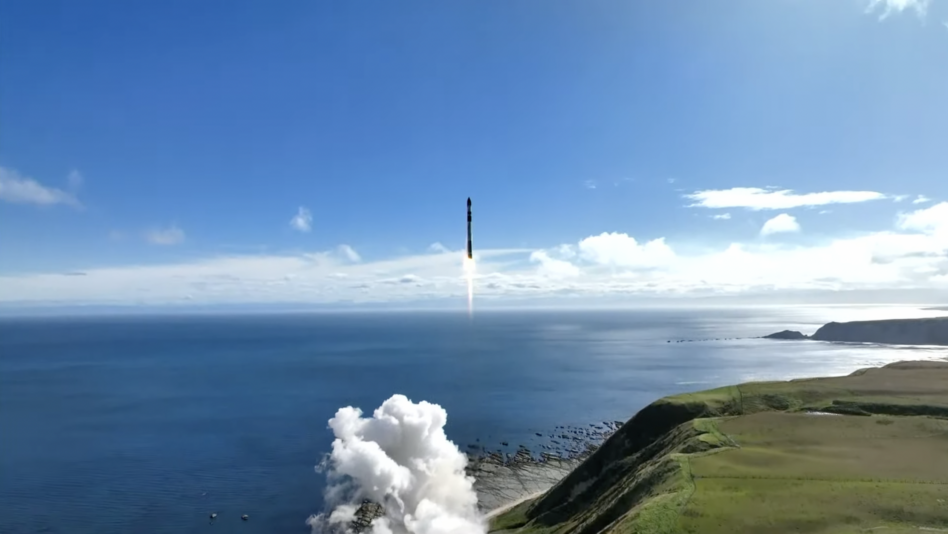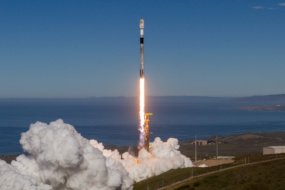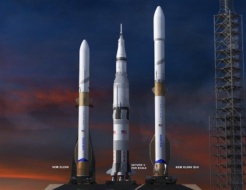Two NASA storm-tracking satellites lifted off aboard Rocket Lab’s Electron launch vehicle last night in New Zealand, putting the first half of the planned four-satellite constellation into orbit.
The “Rocket Like A Hurricane” mission was the first of two launches that will build the Time-Resolved Observations of Precipitation structure and storm Intensity with a Constellation of Smallsats, or TROPICS, mission.
Storm chasers: TROPICS is a cubesat LEO constellation that will analyze storm intensity, temperature, and humidity to better inform prediction models for tropical cyclones and hurricanes.
- Each cubesat weighs ~5 kg
- NASA will deploy the four satellites into two distinct LEO planes
Rocket Lab tagging in: NASA initially chose Astra to launch the sats. However, after the loss of two TROPICS cubesats in a failed Astra launch last year, NASA decided to move the payload to Rocket Lab.
This was the fourth Rocket Lab launch in 2023. The launch provider is planning to launch 15 times in 2023, including a second TROPICS mission set for two weeks from now. Rocket Lab’s Electron has proven to be one of the most consistent rocket platforms on the small-lift market. The company will provide a mission update on its Q1 financial results management call tomorrow after the bell.




